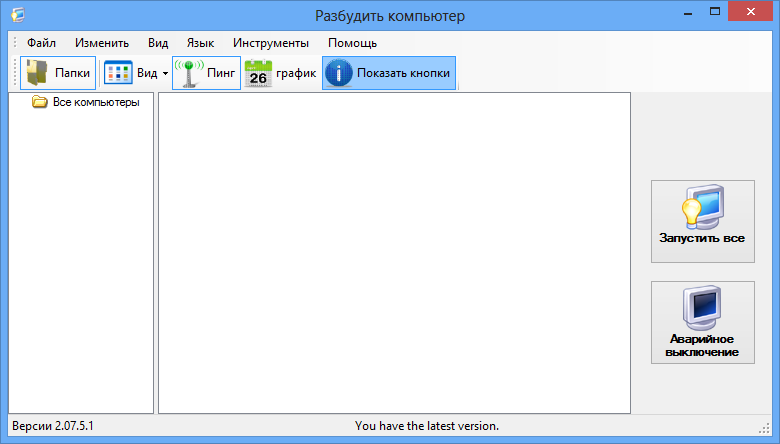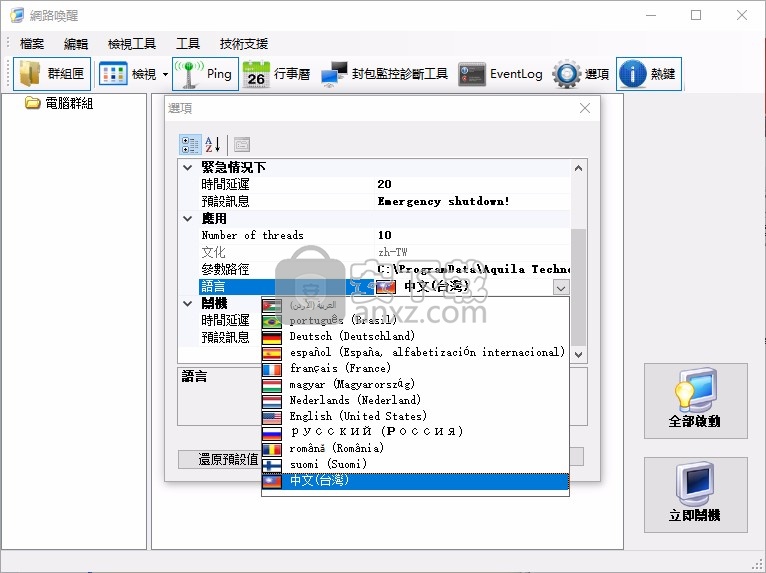

#Wakeonlan aquila windows
Leave this field blank to use Netbios to shutdown a Windows host. I usually use a putty command to do this. Shutdown command line: Windows hosts can be shutdown directly, but other operating systems, such as Linux, require you to enter a command here to shut them down.Emergency shutdown: If this box is checked, then this host will be shutdown when you click the "Emergency shutdown" button.Group: This is an option group that you put the host into, for example: "Servers".Host URI: This is the Windows Netbios name of the host, or the FQDN of the host.See the below under "Calculate Subnet" for more information.


Use the Calculate button to open a helper window for this. For most networks, the default value of 255.255.255.255 is appropriate.

#Wakeonlan aquila mac
MAC Address: Must be the MAC of the network card that is enabled for WOL.Name: This is the name you use to describe the host.Fill in some basic information about the host.By default, it is accessed from Start -> Aquila Technology -> WakeOnLAN. Using Control Panel, configure the network interface card and enable "Wake on Magic Packet".Verify that the host(s) you want to control support WOL.Here are some steps to get up and running quickly. Computers with network cards that support Wake on Magic Packet.
#Wakeonlan aquila windows 10
AquilaWOL has been tested on Windows XP, Vista, Windows 7, Windows 8, Windows 8.1, Windows 10 preview, Server 2003, Server 2008 and Server 2012 R2.When the card hears it's specific "magic packet", it signals the motherboard to wake-up, just like it would if you pressed the power button. This happens locally on the network interface card. The host computers may be powered-down or turned off, but are still listening for broadcast packets while in low-power mode. Because WOL operates on the Data-Link layer, IP addresses and DNS addresses are meaningless to the WOL process (though they are used for status checks and shutdown). Wake-on-LAN uses a special packet called a "magic packet", which is broadcast to the network to wakeup hosts. PSU continues to supply power to the NIC. Devices that do not indicate they must remain on, may be powered off. The power to the CPU(s) and RAM is maintained. All the processor caches are flushed, and the CPU(s) stops executing instructions. There is no direct confirmation that the packet was received (though there are troubleshooting tools built into WOL). Magic Packet - The Magic Packet is a broadcast frame that is usually sent as a UDP datagram on port 9, in the Data-Link layer.WMI, Windows Management Instrumentation.SDB, Subnet Directed Broadcast - A type of packet that is sent across a router to a specific subnet.Host - a computer, workstation, or server that you are going to control with WOL.Let's start with some terminology and definitions.


 0 kommentar(er)
0 kommentar(er)
